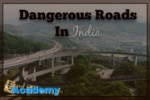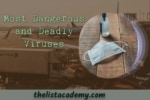List of Deadly Epidemics
According to World Health Organization (WHO), a pandemic is “the worldwide spread of a new disease.” Since times immemorial, human beings are fighting infectious diseases that emerged in the form of a pandemic. In 2020, Covid-19 has shown how helpless we can get during such an outbreak. It is yet another example of a pandemic and when the world will recover completely, no one knows, although vaccines have been introduced in the market. Moreover, the pandemic situation has brought many changes in the way society functions. Like covid-19, other pandemics have also reshaped societies in the past. These pandemics have killed millions of people and affected empires and democracies alike. Here is a list of a few such pandemics that shocked humans before the covid-19 situation. These outbreaks were simply massive in scale and were very dangerous. Thankfully, humans fought well and survived through each pandemic situation.
Black Death
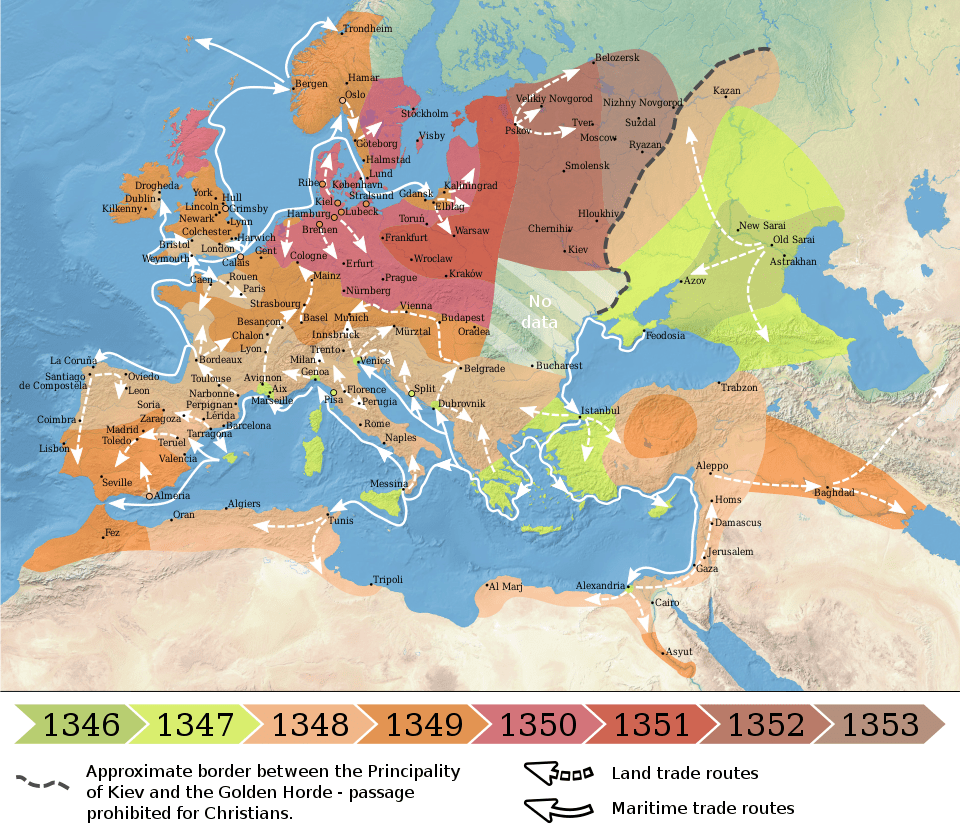
1346-53
The Black Death (also known as the Pestilence, the Great Mortality, or the Plague) was a bubonic plague pandemic occurring in Afro-Eurasia from 1346–53. It is the most fatal pandemic recorded in human history, resulting in the deaths of up to 75–200 million people in Eurasia and North Africa, peaking in Europe from 1347 to 1351. Bubonic plague is caused by the bacterium Yersinia pestis, but it may also cause septicaemic or pneumonic plagues.
Read More About Black Death / Source
Spanish flu
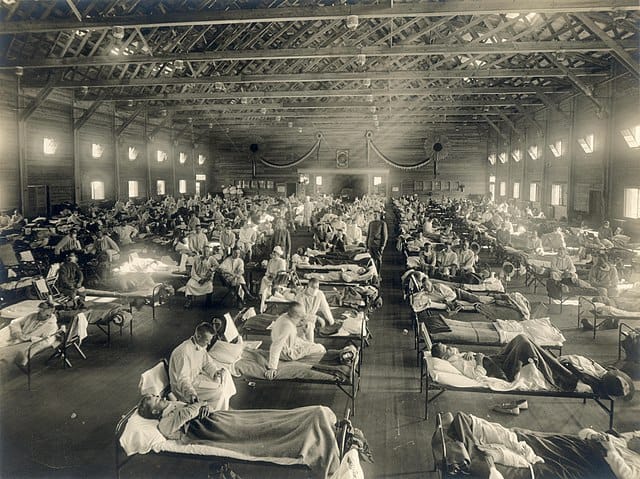
1918-20
The Spanish flu, also known as the 1918 influenza pandemic, was an unusually deadly influenza pandemic caused by the H1N1 influenza A virus. Lasting from February 1918 to April 1920, it infected 500 million people – about a third of the world’s population at the time – in four successive waves. The death toll is typically estimated to have been somewhere between 20 million and 50 million, although estimates range from a conservative 17 million to a possible high of 100 million, making it one of the deadliest pandemics in human history.
Read More About Spanish flu / Source
Plague of Justinian
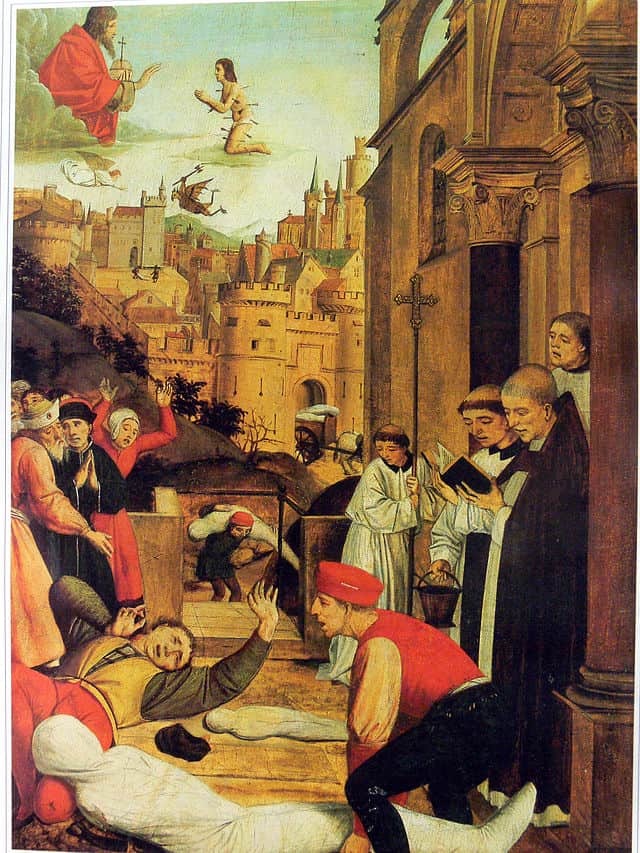
541-549
The Plague of Justinian or Justinianic Plague (541–549 AD) was the beginning of the first plague pandemic, the first Old World pandemic of plague, the contagious disease caused by the bacterium Yersinia pestis. The disease afflicted the entire Mediterranean Basin, Europe, and the Near East, severely affecting the Sasanian Empire and the Roman Empire and especially its capital, Constantinople. The plague is named for the Roman emperor in Constantinople, Justinian I (r. 527–565) who, according to his court historian Procopius, contracted the disease and recovered in 542, at the height of the epidemic which killed about a fifth of the population in the imperial capital. The contagion arrived in Roman Egypt in 541, spread around the Mediterranean Sea until 544, and persisted in Northern Europe and the Arabian Peninsula, until 549.
Read More About Plague of Justinian / Source
HIV/AIDS
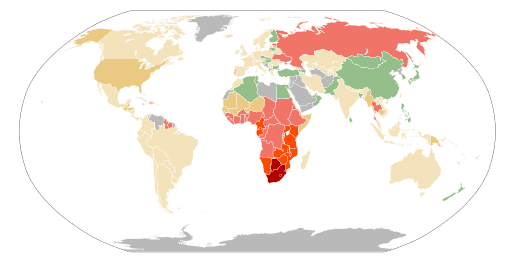
1981-Present
HIV/AIDS, or Human Immunodeficiency Virus, is considered by some authors a global pandemic. However, the WHO currently uses the term ‘global epidemic’ to describe HIV. As of 2018, approximately 37.9 million people are infected with HIV globally. There were about 770,000 deaths from AIDS in 2018. The 2015 Global Burden of Disease Study, in a report published in The Lancet, estimated that the global incidence of HIV infection peaked in 1997 at 3.3 million per year. Global incidence fell rapidly from 1997 to 2005, to about 2.6 million per year, but remained stable from 2005 to 2015.
Read More About HIV/AIDS / Source
Third plague pandemic
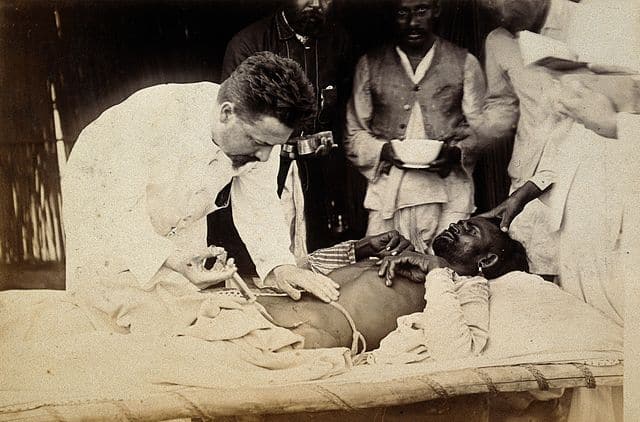
1855-1960
The third plague pandemic was a major bubonic plague pandemic that began in Yunnan, China, in 1855 during the fifth year of the Xianfeng Emperor of the Qing dynasty. This episode of bubonic plague spread to all inhabited continents, and ultimately led to more than 12 million (perhaps 15 million) deaths in India and China, with about 10 million killed in India alone, making it one of the deadliest pandemics in history. According to the World Health Organization, the pandemic was considered active until 1960, when worldwide casualties dropped to 200 per year. Plague deaths have continued at a lower level for every year since.
Read More About Third plague pandemic / Source
Cocoliztli
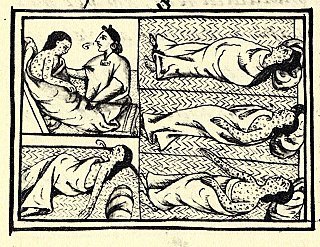
1545-48 / 1576-80
The cocoliztli epidemic or the great pestilence is a term given to millions of deaths in the territory of New Spain in present-day Mexico in the 16th century attributed to one or more illnesses collectively called cocoliztli, a mysterious illness characterized by high fevers and bleeding. It ravaged the Mexican highlands in epidemic proportions. The disease became known as Cocoliztli by the native Aztecs, and had devastating effects on the area’s demography, particularly for the indigenous people. Based on the death toll, this outbreak is often referred to as the worst disease epidemic in the history of Mexico. Subsequent outbreaks continued to baffle both Spanish and native doctors, with little consensus among modern researchers on the pathogenesis. However, recent bacterial genomic studies have suggested that Salmonella, specifically a serotype of Salmonella enterica known as Paratyphi C, was at least partially responsible for this initial outbreak. It might have also been an indigenous viral hemorrhagic fever, perhaps exacerbated by the worst droughts to affect that region in 500 years, as well as living conditions for indigenous peoples of Mexico in the wake of the Spanish conquest (c. 1519).
Read More About Cocoliztli / Source
Antonine Plague

165-180
The Antonine Plague of 165 to 180 AD, also known as the Plague of Galen (after Galen, the physician who described it), was an ancient pandemic brought to the Roman Empire by troops who were returning from campaigns in the Near East. Scholars have suspected it to have been either smallpox or measles. The plague may have claimed the life of a Roman emperor, Lucius Verus, who died in 169 and was the co-regent of Marcus Aurelius. The two emperors had risen to the throne by virtue of being adopted by the previous emperor, Antoninus Pius, and as a result, their family name, Antoninus, has become associated with the pandemic.
Read More About Antonine Plague / Source
Mexican Smallpox Outbreak
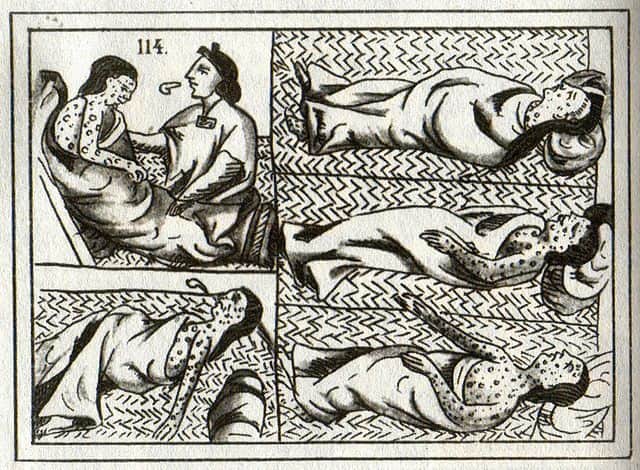
1519-20
The history of smallpox in Mexico spans approximately 500 years from the arrival of the Spanish to the official eradication in 1951. It was brought to Mexico by those in Spanish ships, then spread to the center of Mexico, where it became a significant factor in the fall of Tenochtitlan. During the colonial period, there were major epidemic outbreaks which led to the implementation of sanitary and preventive policy. The introduction of smallpox vaccination in New Spain by Francisco Javier de Balmis and the work of Ignacio Bartolache reduced the mortality and morbidity of the disease.
Read More About Mexican Smallpox Outbreak / Source
Typhus
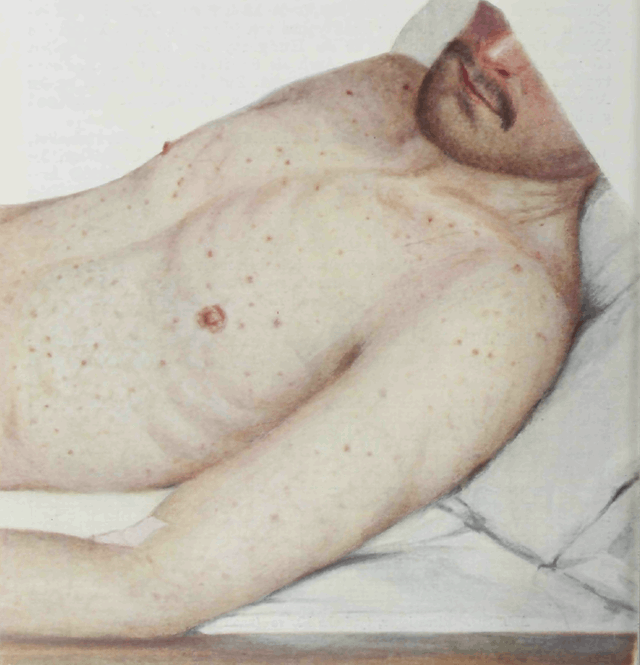
1918-22
Epidemic typhus is a form of typhus so named because the disease often causes epidemics following wars and natural disasters where civil life is disrupted. Though typhus has been responsible for millions of deaths throughout history, it is still considered a rare disease that occurs mainly in populations that suffer unhygienic extreme overcrowding. Typhus is most rare in industrialized countries. It occurs primarily in the colder, mountainous regions of central and east Africa, as well as Central and South America. The causative organism is Rickettsia prowazekii, transmitted by the human body louse (Pediculus humanus corporis). Untreated typhus cases have a fatality rate of approximately 40%.
Read More About Typhus / Source
1957–1958 influenza pandemic

1957-58
The 1957–1958 Asian flu pandemic was a global pandemic of influenza A virus subtype H2N2 that originated in Guizhou in southern China. The number of deaths caused by the 1957–1958 pandemic is estimated between one and four million worldwide, making it one of the deadliest pandemics in history. A decade later, a reassorted viral strain H3N2 further caused the Hong Kong flu pandemic (1968-1969).
Read More About 1957–1958 influenza pandemic / Source
Hong Kong flu
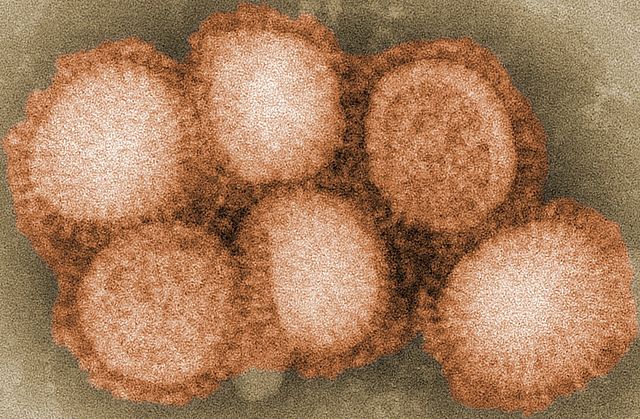
1968-69
The Hong Kong flu, also known as the 1968 flu pandemic, was a flu pandemic whose outbreak in 1968 and 1969 killed between one and four million people globally. It is among the deadliest pandemics in history, and was caused by an H3N2 strain of the influenza A virus, which is descended from H2N2 (caused the Asian flu pandemic in 1957-1958) through antigenic shift—a genetic process in which genes from multiple subtypes are reassorted to form a new virus.
Read More About Hong Kong flu / Source
COVID-19

2019-Present
The COVID-19 pandemic, also known as the coronavirus pandemic, is an ongoing pandemic of coronavirus disease 2019 (COVID-19) caused by severe acute respiratory syndrome coronavirus 2 (SARS-CoV-2). It was first identified in December 2019 in Wuhan, China. The World Health Organization declared the outbreak a Public Health Emergency of International Concern in January 2020 and a pandemic in March 2020. As of 19 February 2021, more than 110 million cases have been confirmed, with more than 2.44 million deaths attributed to COVID-19.
Read More About COVID-19 / Source
Japanese smallpox epidemic

735 -737
The Japanese Smallpox (735 –737) epidemic was a major smallpox epidemic that engulfed much of Japan, accounting for about 1/3 of the entire Japanese population. The epidemic had significant social, economic, and religious consequences throughout the country.
Read More About Japanese smallpox epidemic / Source
Persian Plague

1772–73
The Persian plague epidemic of 1772–1773, also simply known as the Persian Plague, was a massive outbreak of plague, more specifically Bubonic plague, in the Persian Empire, which claimed around 2 million lives in total. It was one of the most devastating Plague epidemics in recorded human history. The outbreak resulted in the introduction of several quarantine measures for the first time in the Persian Gulf regions.
Read More About Persian Plague / Source
Naples Plague
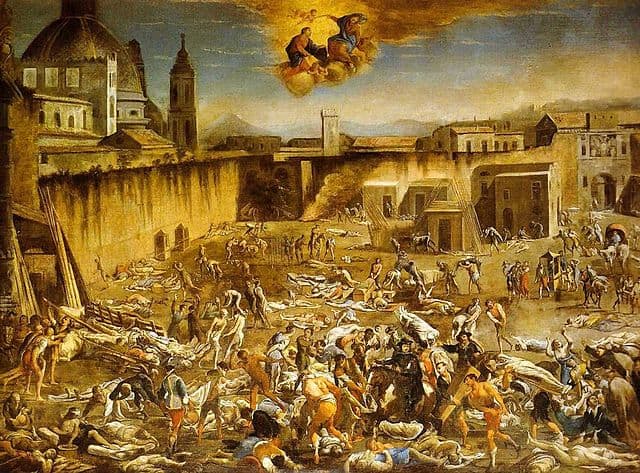
1656-58
The Naples Plague refers to a plague in Italy between 1656–1658 that nearly eradicated the population of Naples. The plague epidemic affected mostly central and southern Italy, killing up to 1,250,000 people throughout the Kingdom of Naples according to some estimates. In Naples alone, approximately 150,000–200,000 people died in 1656 due to the plague, accounting for more than half of the population. The epidemic made severe impact on the economic and social structure of Naples as well as some other affected areas.
Read More About Naples Plague / Source
Italian plague

1629–31
The Italian Plague of 1629–1631 was a series of outbreaks of bubonic plague that ravaged northern and central Italy. This epidemic, often referred to as the Great Plague of Milan, claimed possibly one million lives, or about 25% of the population. This episode is considered one of the later outbreaks of the centuries-long pandemic of bubonic plague that began with the Black Death. The plague may have contributed to the decline of Italy’s economy relative to that of other Western European countries.
Read More About Italian plague / Source
1889–1890 Flu Pandemic

1889-90
The 1889–1890 flu pandemic, also known as the “Asiatic flu” or “Russian flu”, was a pandemic that killed about 1 million people worldwide, out of a population of about 1.5 billion. It was the last great pandemic of the 19th century, and is among the deadliest pandemics in history.
Read More About 1889–1890 Flu Pandemic / Source
Plague of Athens
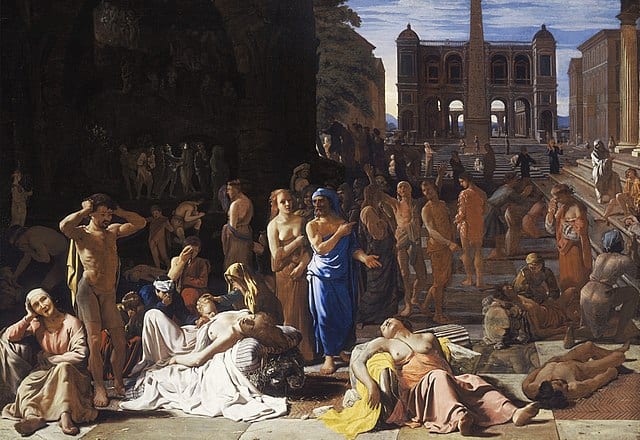
429-26 ई. पू.
The Plague of Athens was an epidemic that devastated the city-state of Athens in ancient Greece during the second year (430 BC) of the Peloponnesian War when an Athenian victory still seemed within reach. The plague killed an estimated 75,000 to 100,000 people, around one quarter of the population, and is believed to have entered Athens through Piraeus, the city’s port and sole source of food and supplies. Much of the eastern Mediterranean also saw an outbreak of the disease, albeit with less impact.
Read More About Plague of Athens / Source
412 BC epidemic
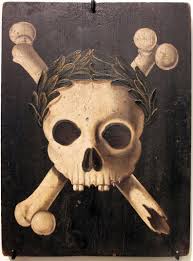
412 ई. पू.
The 412 BC epidemic of an unknown disease, often identified as influenza, was reported in Northern Greece by Hippocrates and in Rome by Livy. Both described the epidemic continuing for roughly a year. The disease outbreak caused a food shortage in the Roman Republic, and a famine was only prevented with food relief from Sicily and Etruria, and via trade missions to the “peoples round about who dwelt on the Tuscan sea or by the Tiber.”
Read More About 412 BC epidemic / Source
Plague of Cyprian
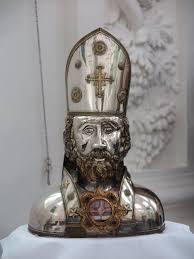
250-266
The Plague of Cyprian was a pandemic that afflicted the Roman Empire about from AD 249 to 262. The plague is thought to have caused widespread manpower shortages for food production and the Roman army, severely weakening the empire during the Crisis of the Third Century. Its modern name commemorates St. Cyprian, bishop of Carthage, an early Christian writer who witnessed and described the plague. The agent of the plague is highly speculative because of sparse sourcing, but suspects have included smallpox, pandemic influenza and viral hemorrhagic fever (filoviruses) like the Ebola virus.
Read More About Plague of Cyprian / Source
Roman Plague
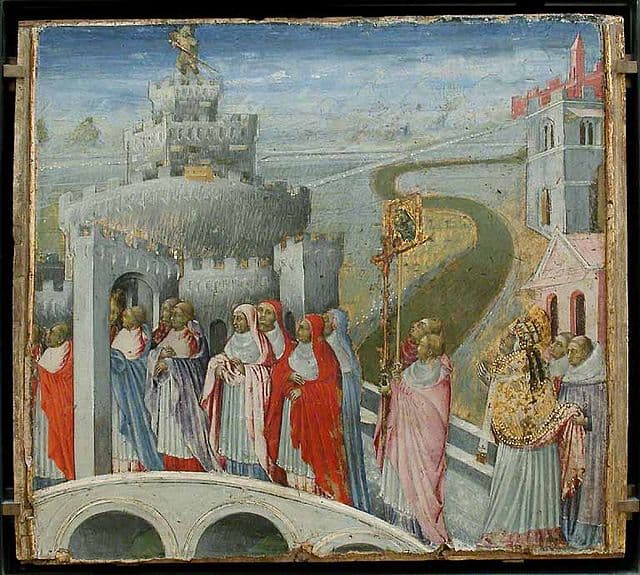
590
The Roman Plague of 590 was an epidemic of plague that affected the city of Rome in the year 590. Probably bubonic plague, it was part of the first plague pandemic that followed the great plague of Justinian, which began in the 540s and may have killed more than 100 million Europeans before spreading to other parts of the world and which lasted until the end of Late Antiquity. The plague was described by the bishop and chronicler Gregory of Tours and later chronicler Paul the Deacon.
Read More About Roman Plague / Source
Plague of Sheroe
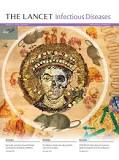
627-28
The Plague of Sheroe (627–628) or Sheroe’s Plague was an epidemic that devastated the western provinces of the Sasanian Empire, mainly Mesopotamia (Asorestan), killing half of its population, including the reigning Sasanian king (shah) which the plague is named after, Kavad II Sheroe (r. 628).
Read More About Plague of Sheroe / Source
Plague of Amwas

638-39
The plague of Amwas, also spelled plague of Emmaus, was a bubonic plague epidemic that afflicted Islamic Syria in 638–639, during the first plague pandemic and toward the end of the Muslim conquest of the region. It was likely a reemergence of the mid-6th-century Plague of Justinian. Called after Amwas in Palestine, the principal camp of the Muslim Arab army, the plague killed up to 25,000 soldiers and their relatives, including most of the army’s high command, and caused considerable loss of life and displacement among the indigenous Christians of Syria. The appointment of Mu’awiya ibn Abi Sufyan to the governorship of Syria in the wake of the commanders’ deaths paved the way for his establishment of the Umayyad Caliphate in 661, while recurrences of the disease may have contributed to the Umayyad dynasty’s downfall in 750. Depopulation in the Syrian countryside may have been a factor in the resettlement of the land by the Arabs unlike in other conquered regions where the Arabs largely secluded themselves to new garrison cities.
Read More About Plague of Amwas / Source
Plague of 664
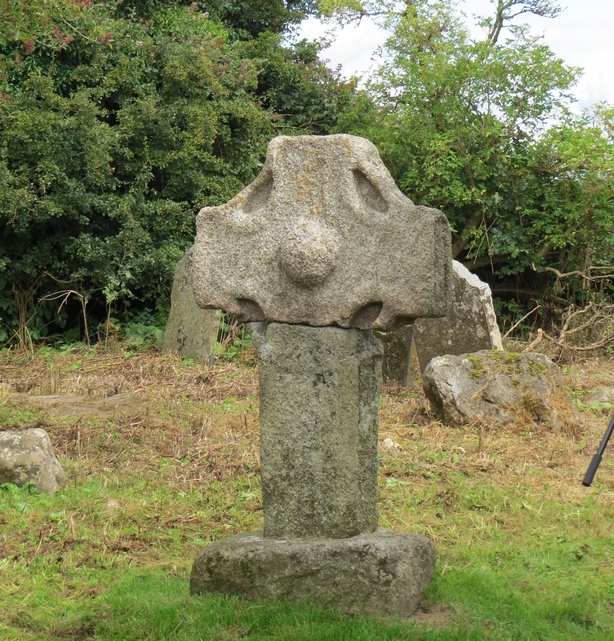
664
The plague of 664 was an epidemic that affected the British Isles in 664 AD, during the first plague pandemic. It was the first recorded epidemic in English history, and coincided with a solar eclipse. It was referred to by later sources as “The Yellow Plague of 664″[This quote needs a citation] and said to have lasted for twenty or twenty-five years, causing widespread mortality, social disruption and abandonment of religious faith. The disease responsible was probably Plague – part of the First Plague Pandemic – or else smallpox.
Read More About Plague of 664 / Source
Sweating sickness

1485-1551
Sweating sickness, also known as the sweats, English sweating sickness or English sweat or Latin: sudor anglicus, was a mysterious and contagious disease that struck England and later continental Europe in a series of epidemics beginning in 1485. The last outbreak occurred in 1551, after which the disease apparently vanished. The onset of symptoms was sudden, with death often occurring within hours. Sweating sickness epidemics were unique compared to other disease outbreaks of the time. Where other epidemics were typically urban and long-lasting, cases of sweating sickness spiked and receded very quickly and heavily affected rural populations. Its cause remains unknown, although it has been suggested that an unknown species of hantavirus was responsible.
Read More About Sweating sickness / Source
London plague

1563 / 1592-93 / 1603 / 1665-66
In 1563, London experienced its worst episode of plague during the sixteenth century. At least 20,136 people in London and surrounding parishes were recorded to have died of plague during the outbreak. Around 24% of London’s population ultimately perished, but the plague affected London’s unsanitary parishes and neighborhoods the most. From 1592 to 1593, London experienced its last major plague outbreak of the 16th century. During this period, at least 15,000 people died of plague within the City of London and another 4,900 died of the plague in the surrounding parishes.
The Great Plague of London, lasting from 1665 to 1666, was the last major epidemic of the bubonic plague to occur in England. It happened within the centuries-long Second Pandemic, a period of intermittent bubonic plague epidemics which originated from Central Asia in 1331, the first year of the Black Death, an outbreak which included other forms such as pneumonic plague, and lasted until 1750.
Read More About London plague / Source
Great Plague of Vienna

1679
The Great Plague of Vienna occurred in 1679 in Vienna, Austria, the imperial residence of the Austrian Habsburg rulers. From contemporary descriptions, the disease is believed to have been bubonic plague, which is caused by the bacterium Yersinia pestis, carried by fleas associated with the black rat and other rodents. The city was crippled by the epidemic, which recurred fitfully into the early 1680s, claiming an estimated 76,000 residents.
Read More About Great Plague of Vienna / Source
Great Northern War plague outbreak

1710-12
During the Great Northern War (1700–1721), many towns and areas around the Baltic Sea and East-Central Europe had a severe outbreak of the plague with a peak from 1708 to 1712. This epidemic was probably part of a pandemic affecting an area from Central Asia to the Mediterranean. Most probably via Constantinople, it spread to Pińczów in southern Poland, where it was first recorded in a Swedish military hospital in 1702. The plague then followed trade, travel and army routes, reached the Baltic coast at Prussia in 1709, affected areas all around the Baltic Sea by 1711 and reached Hamburg by 1712. Therefore, the course of the war and the course of the plague mutually affected each other: while soldiers and refugees were often agents of the plague, the death toll in the military as well as the depopulation of towns and rural areas sometimes severely impacted the ability to resist enemy forces or to supply troops.
Read More About Great Northern War plague outbreak / Source
Great Plague of Marseille

1720-22
The Great Plague of Marseille was the last major outbreak of bubonic plague in western Europe. Arriving in Marseille, France in 1720, the disease killed a total of 100,000 people: 50,000 in the city during the next two years and another 50,000 to the north in surrounding provinces and towns.
Read More About Great Plague of Marseille / Source
Great Plague of 1738

1738
The Great Plague of 1738 was an outbreak of the bubonic plague between 1738 and 1740 that affected areas of the Habsburg Empire, now in the modern nations of Romania, Hungary, Ukraine, Serbia, Croatia, and Austria. Although no exact figure is available, the epidemic likely killed over 50,000 people.
Read More About Great Plague of 1738 / Source
Russian plague

1770–72
The Russian plague epidemic of 1770–1772, also known as the Plague of 1771, was the last massive outbreak of plague in central Russia, claiming between 52,000 and 100,000 lives in Moscow alone (1/6 to 1/3 of its population). The bubonic plague epidemic that originated in the Moldovan theatre of the 1768–1774 Russian-Turkish war in January 1770 swept northward through Ukraine and central Russia, peaking in Moscow in September 1771 and causing the Plague Riot. The epidemic reshaped the map of Moscow, as new cemeteries were established beyond the 18th-century city limits.
Read More About Russian plague / Source
Ottoman plague
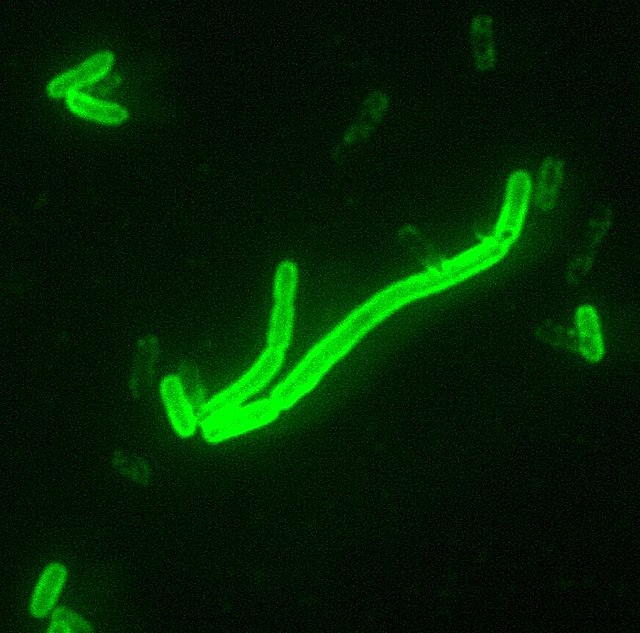
1812–19
The 1812–1819 Ottoman plague epidemic was one of the last major epidemics of plague in the Ottoman Empire. This particular epidemic would cost the lives of at least 300,000 individuals. Plague epidemics occurred frequently in the Ottoman Empire between the 16th and 19th centuries.
Read More About Ottoman plague / Source
Caragea's plague
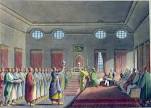
1813
Caragea’s plague (Romanian: Ciuma lui Caragea) was a bubonic plague epidemic that occurred in Wallachia, mainly in Bucharest, in the years 1813 and 1814. It coincided with the rule of the Phanariote Prince John Caradja. As Caragea came to Bucharest in 1812 after being appointed prince, the plague was already claiming victims in Istanbul, the Ottoman capital. A man in Caragea’s retinue grew sick and died. It is alleged that this was the source of the plague in Wallachia, although the next reported death from plague in Wallachia occurred in June 1813.
Read More About Caragea's plague / Source
First to Fifth cholera pandemic
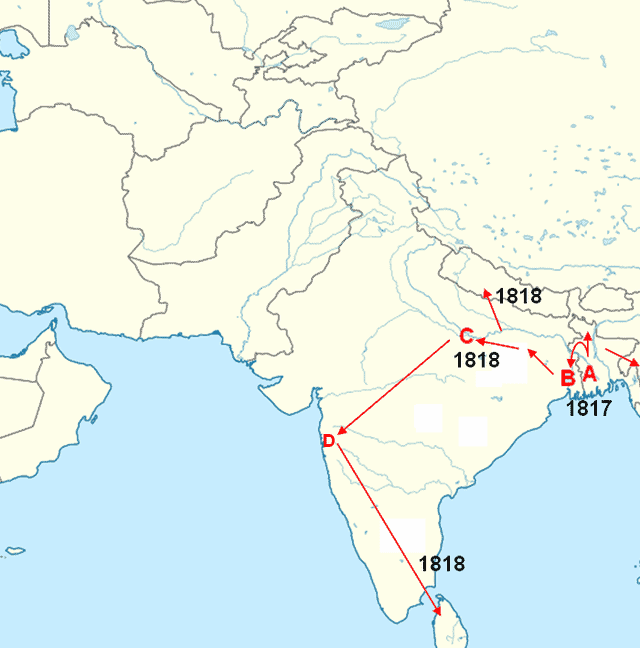
1817-24
The first cholera pandemic (1817–1824), also known as the first Asiatic cholera pandemic or Asiatic cholera, began near the city of Calcutta and spread throughout South and Southeast Asia to the Middle East, eastern Africa, and the Mediterranean coast. While cholera had spread across India many times previously, this outbreak went further; it reached as far as China and the Mediterranean Sea before subsiding.
The second cholera pandemic (1826–1837), also known as the Asiatic cholera pandemic, was a cholera pandemic that reached from India across western Asia to Europe, Great Britain, and the Americas, as well as east to China and Japan. Cholera caused more deaths, more quickly, than any other epidemic disease in the 19th century.
The third cholera pandemic (1846–60) was the third major outbreak of cholera originating in India in the nineteenth century that reached far beyond its borders, which researchers at UCLA believe may have started as early as 1837 and lasted until 1863. In Russia, more than one million people died of cholera. In 1853–54, the epidemic in London claimed over 10,000 lives, and there were 23,000 deaths for all of Great Britain.
The fourth cholera pandemic of the 19th century began in the Ganges Delta of the Bengal region and traveled with Muslim pilgrims to Mecca. In its first year, the epidemic claimed 30,000 of 90,000 pilgrims. Cholera spread throughout the Middle East and was carried to Russia, Europe, Africa, and North America, in each case spreading via travelers from port cities and along inland waterways.
The fifth cholera pandemic (1881–1896) was the fifth major international outbreak of cholera in the 19th century. It spread throughout Asia and Africa and reached parts of France, Germany, Russia, and South America. It claimed 200,000 lives in Russia between 1893 and 1894; and 90,000 in Japan between 1887 and 1889.
Read More About First to Fifth cholera pandemic / Source

